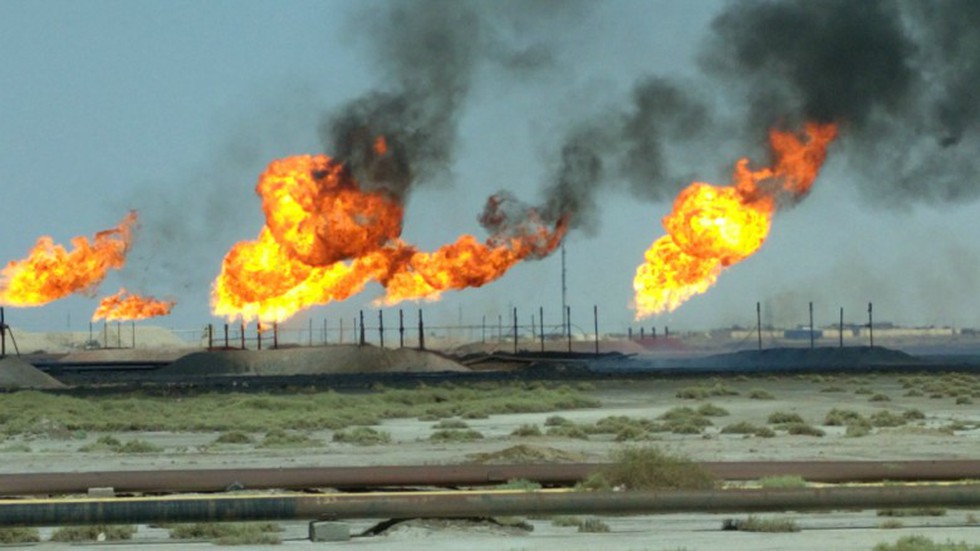Natural gas flaring, a common practice in parts of the United States, involves burning gas byproducts from oil extraction to dispose of them. This process converts hydrocarbons to carbon dioxide and water, reducing climate impact and on-site safety concerns but also producing nitrogen oxides (NOx).
Impact of NOx on Air Quality
NOx, comprising nitric oxide and nitrogen dioxide, significantly affects air quality both directly and indirectly. The U.S. Environmental Protection Agency (EPA) regulates nitrogen dioxide, the most prevalent form of NOx, under the Clean Air Act due to its adverse effects on public health and the environment.
EPA Regulation of NOx Emissions from Flares
Currently, the EPA assesses NOx emissions from flares using emission factors multiplied by activity data provided by operators. However, direct measurements of NOx production from flaring operations remain limited.
The F3UEL Project: Research Aim
The F3UEL project, led by the University of Michigan, aims to update U.S. oil and gas emission estimates using data-driven approaches.
Methodology: Measurement of NOx Production
The research team collected data from three key regions—Eagle Ford, Permian, and Bakken—accounting for over 80% of gas volumes flared in the U.S. A small aircraft equipped with precise instruments intercepted mixed combustion plumes from flares, estimating NOx emissions using observationally-derived factors and region-based gas volume estimates.
Importance of Real-World Measurement
The airborne approach allowed sampling of flares across large geographical areas and various operational conditions without ground access, emphasizing the importance of measuring emissions under real-world conditions.
Findings: Discrepancies in Emission Factors
While median emission factors aligned with Texas regulatory agency values, some flares emitted significantly higher NOx rates, with a small percentage responsible for the majority of basin-wide flaring NOx emissions. Flares in the Bakken and Permian regions showed emissions two to three times larger than EPA values.
Implications on Air Quality and Public Health
High-emission flares pose risks to both on-site workers and nearby residents. Approximately 500,000 individuals live within a five-kilometer radius of flares observed in the study, a distance associated with increased risks of preterm birth.
Conclusion and Recommendations
Reducing gas flaring volume would yield greater climate and air quality benefits than previously acknowledged, highlighting the importance of mitigating emissions from flaring operations.
Multiple Choice Questions (MCQs):
- What is the primary purpose of natural gas flaring in the United States?
- A) To increase hydrocarbon production
- B) To dispose of gas byproducts from oil extraction
- C) To reduce carbon dioxide emissions
- D) To increase safety concerns on-site
- Which gases are included in NOx emissions?
- A) Carbon dioxide and water
- B) Nitric oxide and nitrogen dioxide
- C) Methane and ethane
- D) Sulfur dioxide and carbon monoxide
- How does the Clean Air Act impact the regulation of NOx emissions?
- A) It mandates the complete elimination of NOx emissions
- B) It requires the EPA to regulate nitrogen dioxide due to its environmental impact
- C) It encourages the increase of NOx emissions for industrial purposes
- D) It places no restrictions on NOx emissions
- What methodology did the University of Michigan-led research team use to measure NOx production from natural gas flares?
- A) Ground-based observation
- B) Satellite imagery analysis
- C) Airborne interception of mixed combustion plumes
- D) Laboratory experiments
- What is one of the key implications of the study on nearby residents?
- A) Increased risk of oil spills
- B) Higher rates of respiratory illnesses
- C) Decreased risk of preterm birth
- D) Improved access to clean water
